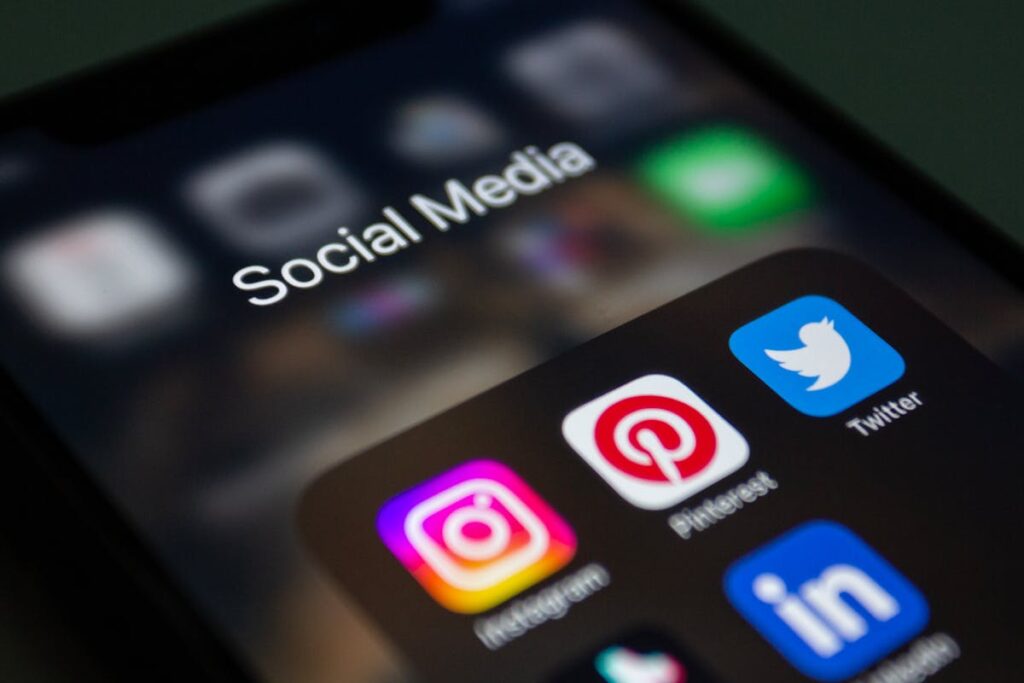
1. Introduction
Social media is super important for businesses today. It’s how they talk to their customers. Chatbots use artificial intelligence (AI) to make chatbots on social media more fun and useful. They help people stay engaged and have a better time online. Let’s find out how chatbots are changing social media.
1.1 Brief Overview of Chatbots
Chatbots are automated software programs designed to simulate human conversation. They can handle a wide range of tasks, from answering customer queries to providing personalized recommendations. Over the years, chatbots have evolved significantly, becoming more sophisticated and capable of understanding natural language.
1.2 Importance of Chatbots on Social Media
Why are chatbots essential for social media? Here are a few reasons:
- Instant Responses: Chatbots provide real-time answers, ensuring that users receive timely assistance.
- 24/7 Availability: Unlike human agents, chatbots can work around the clock, catering to global audiences.
- Scalability: Chatbots can handle multiple conversations simultaneously, making them ideal for large-scale engagement.
- Cost-Efficiency: Implementing chatbots reduces the need for extensive customer support teams.
2. Understanding Chatbots on Social Media
2.1 Definition and Functionality
Social media chatbots are AI-driven programs integrated into platforms like Facebook, Instagram, and Twitter. They engage users through text or voice, offering personalized responses based on predefined rules or machine learning algorithms.
2.2 Types of Chatbots
- Rule-Based Chatbots: These follow predefined rules and respond based on specific keywords or triggers.
- AI-Driven Chatbots: These use natural language processing (NLP) and machine learning to understand context and provide more dynamic interactions.
3. Benefits of Integrating Chatbots into Social Media Platforms
3.1 Improving Customer Service
- Chatbots answer simple questions, so human agents can focus on tougher problems.
- Instant responses enhance user satisfaction and reduce frustration.
3.2 Streamlining Lead Generation and Sales
- Chatbots can qualify leads, collect contact information, and guide users through the sales funnel.
- Personalized recommendations increase the chances of conversion.
3.3 Enhancing User Engagement and Personalization
- Chatbots create interactive experiences, such as quizzes, polls, and personalized content.
- They remember user preferences and tailor responses accordingly.
4. Key Features of Successful Social Media Chatbots
4.1 Natural Language Processing (NLP)
- NLP helps chatbots understand what people say and talk back like a human.
- Sentences, sentiment, and context are analyzed for accurate interactions.
4.2 Sentiment Analysis
- Chatbots assess user emotions and adjust their tone accordingly.
- Positive interactions lead to better engagement.
4.3 Maintaining Conversational Flow
- Seamless transitions between messages keep users engaged.
- Avoid abrupt shifts or repetitive phrases.
5. Strategies for Implementing Chatbots on Various Social Networks
5.1 Best Practices
- Facebook: Use Messenger bots for customer inquiries, order tracking, and personalized recommendations.
- Instagram: Create chatbots for product discovery, influencer collaborations, and interactive stories.
- Twitter: Set up chatbots for quick responses during Twitter campaigns and events.
5.2 Case Studies
- Sephora: Their chatbot assists users in finding the perfect makeup products.
- H&M: H&M’s chatbot helps users discover fashion trends and shop directly within the chat.
6. Optimizing Chatbots for Higher Search Intent and Easy KD
6.1 Identifying High-Intent Keywords
To ensure that your chatbot content aligns with search intent, follow these steps:
- Keyword Research: Use tools like Google Keyword Planner or SEMrush to identify relevant keywords related to social media chatbots. Look for terms that indicate user intent, such as “best chatbot for customer service” or “chatbot marketing strategies.”
- Long-Tail Keywords: Long-tail keywords are specific phrases that users might search for. Incorporate these naturally into your chatbot scripts. For example:
- “How can a chatbot help me get more likes and comments on Instagram?”
- “Using chatbots for lead generation on Facebook”
- Contextual Usage: Don’t just stuff keywords randomly. Ensure that they fit seamlessly into the conversation. For instance:
- “Our AI-driven chatbot can assist you with personalized recommendations.”
- “Ask our Facebook Messenger bot about our latest promotions.”
6.2 Measuring Performance
Analytics are super important for making chatbots work better:
- Conversion Rates: Track how many users complete desired actions (e.g., signing up, making a purchase) after interacting with the chatbot.
- User Satisfaction: Use post-interaction surveys or sentiment analysis tools to gauge user satisfaction. Happy users are more likely to engage further.
- Keyword Effectiveness: Monitor which keywords lead to successful outcomes. Adjust your chatbot’s responses accordingly.
7. Challenges and Considerations
7.1 User Privacy and Data Security
- Privacy Compliance: Ensure that your chatbot complies with privacy regulations (e.g., GDPR). Tell users how you’ll use their data and ask for their okay.
- Data Encryption: Implement robust encryption protocols to protect user information.
7.2 Overcoming Limitations
- Complex Queries: Chatbots may struggle with complex or ambiguous queries. Consider providing fallback options (e.g., “I’m sorry, I didn’t understand. Can you rephrase?”).
- Continuous Learning: Regularly update your chatbot’s knowledge base to improve its understanding and responses.
7.3 Future Trends
- Advanced AI Models: Expect chatbots to become even smarter with improved contextual understanding.
- Voice Integration: Integration with voice assistants (e.g., Alexa, Google Assistant) will enhance user experiences.
8. Conclusion
In conclusion, social media chatbots are powerful tools for enhancing engagement, improving customer interactions, and streamlining business processes. As technology evolves, businesses that embrace chatbots will stay ahead in the competitive social media landscape.
So, go ahead and leverage the power of chatbots to create meaningful connections with your audience! 🤖📱💬
Remember to continuously monitor and optimize your chatbot’s performance, adapt to user needs, and stay informed about emerging trends. The future of chatbots is bright, and their impact on social media marketing is undeniable.
Feel free to explore more case studies and real-world examples to inspire your chatbot strategy!😊



